I always think of myself as a Geordie, hailing from Newcastle upon Tyne, even though I haven’t lived there since I was 18. Husband, Dougie, is an Edinburgh man, despite leaving home at the same age. We moved to Holbeach, Lincolnshire, in 1994 and Rory was born in 1996. I sometimes forget that Rory is a Holbeach boy, born and bred in this small fenland market town. As he will soon be leaving to start a new job in the midlands, I wonder whether, in years to come, he will always feel he is a Lincolnshire lad?
For those of you who can’t place where Holbeach is, picture that indentation, The Wash, just above the rump of Norfolk. Holbeach sits a few miles in from that marshy coastline. Here’s a helpful map. Can you see me waving from under that red marker? Holbeach is also positioned on the line of the Prime Meridian, so I can wander to the end of a nearby street and jump across the dateline without needing to visit Greenwich.
Until the beginning of the 17th century, the sea came to within 2 miles of Holbeach and, as you can imagine, the town was prone to flooding. The land drainage programmes that followed moved the coastline of the Wash to 9 miles away, leaving Holbeach surrounded by acres of reclaimed fertile agricultural land. Which is why this area is a focus for farming and why I spend a lot of my time driving behind tractors and lorries. On the plus side, it’s very flat and I didn’t need to do a hill start in my driving test many moons ago.
You might not have heard of Holbeach but I’m proud to say that it has some very important former residents. In the grounds of All Saint’s Church, in the centre of town, four very smart new benches have recently been constructed, paying homage to these pioneering men of Holbeach. Let me give you a quick history lesson about each of them.
Norman Angell
Born Ralph Norman Angell Lane in Holbeach in 1872, he became a Nobel Peace Prize winner in 1933.
He attended several schools in England before studying in Europe. It was while he was at the University of Geneva that he took the decision, at the tender age of 17, to emigrate to the west coast of America. There he took several jobs from cowboy, vine planter to prospector before becoming a reporter. He returned to England for family reasons in 1898 then became a journalist for several newspapers while based in Paris.
A Labour MP for a couple of years from 1929, he was knighted for public service in 1931 and presented with the Nobel Peace Prize in 1933. What did he do to deserve such an honour? He wrote a book, ‘The Grand Illusion’, in 1910, arguing that integration of the European economies had grown to such a degree that war was pointless. His theory, ‘angellism’, stated that military and political power gave a nation no commercial advantage: one nation could not benefit by subjugating another.
He was an executive on the World Committee against War and the League of Nations Union and campaigned against the aggressive policies of Germany, Italy and Japan during the 1930s. He published another forty-one books, constantly seeking a formula to enable the world to achieve international peace. He died, aged 94, in Croydon, Surrey. It just seems so very sad that war has continued to dominate our world, despite Angell’s efforts to explain its futility.
The only problem with this bench is the spelling of his name. The final ‘L’ in his name is missing. There seems to be room, thankfully, for a correction to be made.
William Stukeley
The ‘father of archaeology’ William Stukeley is famous for his investigations of Stonehenge and Avebury. He was born in Holbeach and studied medicine at Cambridge University. During his time as a medic, he maintained an interest in topographical drawings. Fascinated by monuments, he published the results of his travels around Britain in a work called Itinerarium Curiosum in 1726. Does this make William Stukeley an early travel blogger?
He became the first secretary of the Society of Antiquaries of London in 1718. Although rather obsessed with Druids, he was one of the first to recognise the alignment of Stonehenge with the solstices.
Like many enlightened men of his time, his interests were wide. He wrote music for the flute, had an interest in many aspects of British history, including the story of Robin Hood and even wrote about earthquakes. In 1730, he changed career and was ordained as vicar of All Saints Church in Stamford in Lincolnshire where there is a blue plaque highlighting his time there.
In Holbeach today, one of the local primary schools is named after him.
George Farmer
In 1669 George Farmer founded the first Free School in Holbeach. In the years after it was established, trustees had strict instructions on how the school was to be run, with an insistence that the master should be educated to degree level and no parents or guardians should have to pay anything towards the children’s education.
There was a George Farmer School in the town from 1958 but it became University Academy Holbeach in 2011.
Walter Plowright
Plowright was born in Holbeach in 1923. After graduating from the Royal Veterinary College he was commissioned into the Royal Army Veterinary Corps. Working in Kenya and Nigeria he developed a vaccine to eradicate the cattle plague, rinderpest, which the Food and Agriculture Organisation (FAO) claimed was just as important as smallpox.
It’s hard to overstate how vital his work proved to be. When the disease entered Africa at the end of the 19th century it killed millions of cattle, causing starvation of thousands who depended on cattle for food or for pulling a plough or cart. Plowright realised that rinderpest in the local cattle in Kenya was caused by a virus carried by wildebeest. If the disease could be eradicated from wildebeest, the problem would be solved.
One of his colleagues, Frank Dobson, said, “Surely, no one is going to go out there to wrestle with wild buffalo and inoculate a quarter of a million of them – but Walter Plowright did!”
Plowright made his breakthrough in 1960 and rinderpest was brought under control, although it reappeared when the vaccination programme was halted too early. The Plowright vaccine had a huge impact on the world’s food supply. His methods were replicated by his colleagues to vaccinate against other animal diseases.
Returning to the UK in 1964, Plowright continued his work into viral animal diseases. He was awarded a Fellowship of the Royal Society of London and in 1999 was the first Briton to receive the World Food Prize, on the recommendation of the FAO. He died in 2010, the same year that the FAO announced that field activities to control rinderpest could be stopped as the last case had been seen in 2001. The formal declaration of its eradication occurred in 2011.
I would just like to say to my son, Rory, as he leaves his home town of Holbeach for pastures new, be inspired by these distinguished former residents. You don’t have to win a Nobel Prize or alleviate the world’s food supplies, but do something good, try and make a difference and make your mother proud.
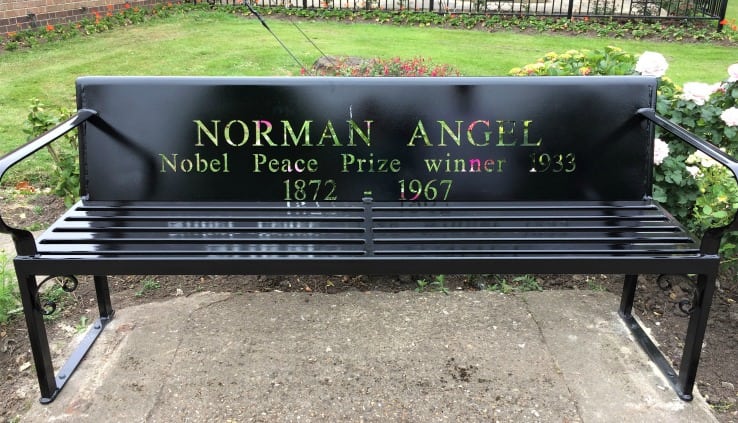
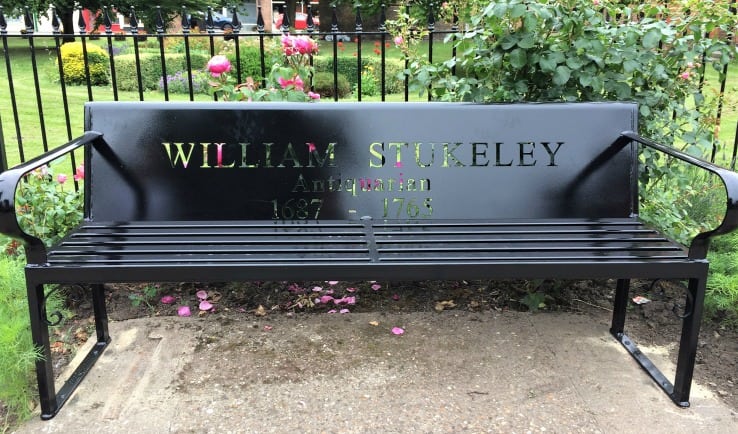
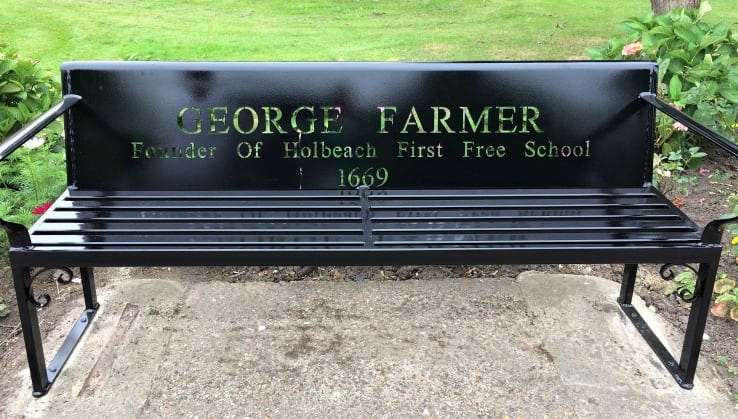
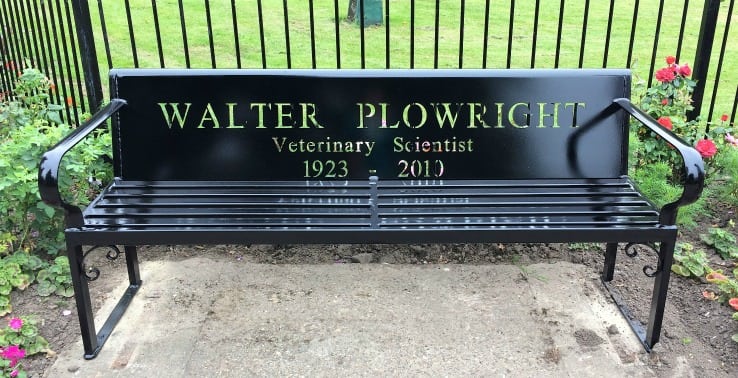
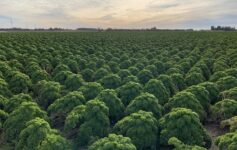
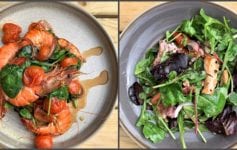
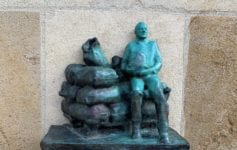
Good luck Rory in his new job and home!
It’s another new start. Coventry this time, so a lot closer than Exeter – can do a day trip if we visit him.
Thanks very informative. Never new who George Farmer was even though I went to his school for 5 years. Stukeley was also a house (as in house points) at holbeach primary school in the 1970s.